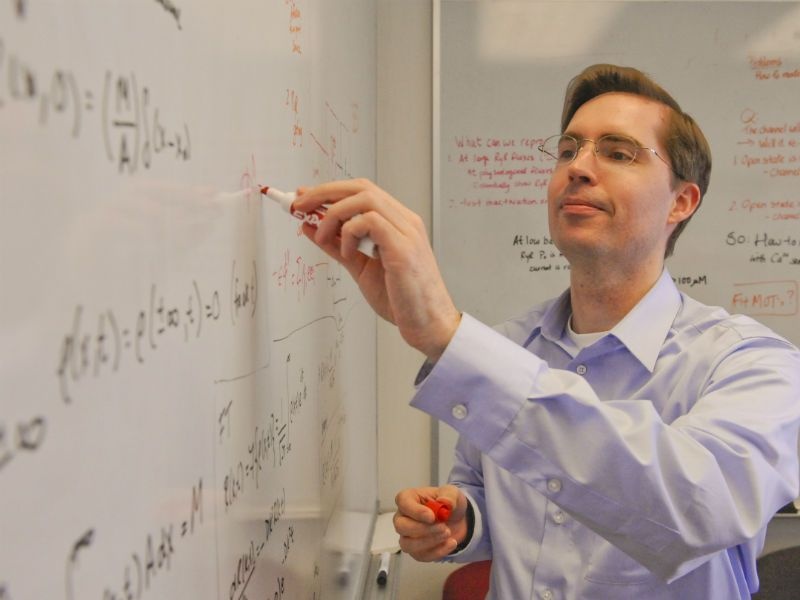
Learn how you can take the next step in your career in biomedical research.

Our PhD program prepares you to be an outstanding research scientist. Learn more.

Meet the faculty and staff of the Department of Physiology & Biophysics.
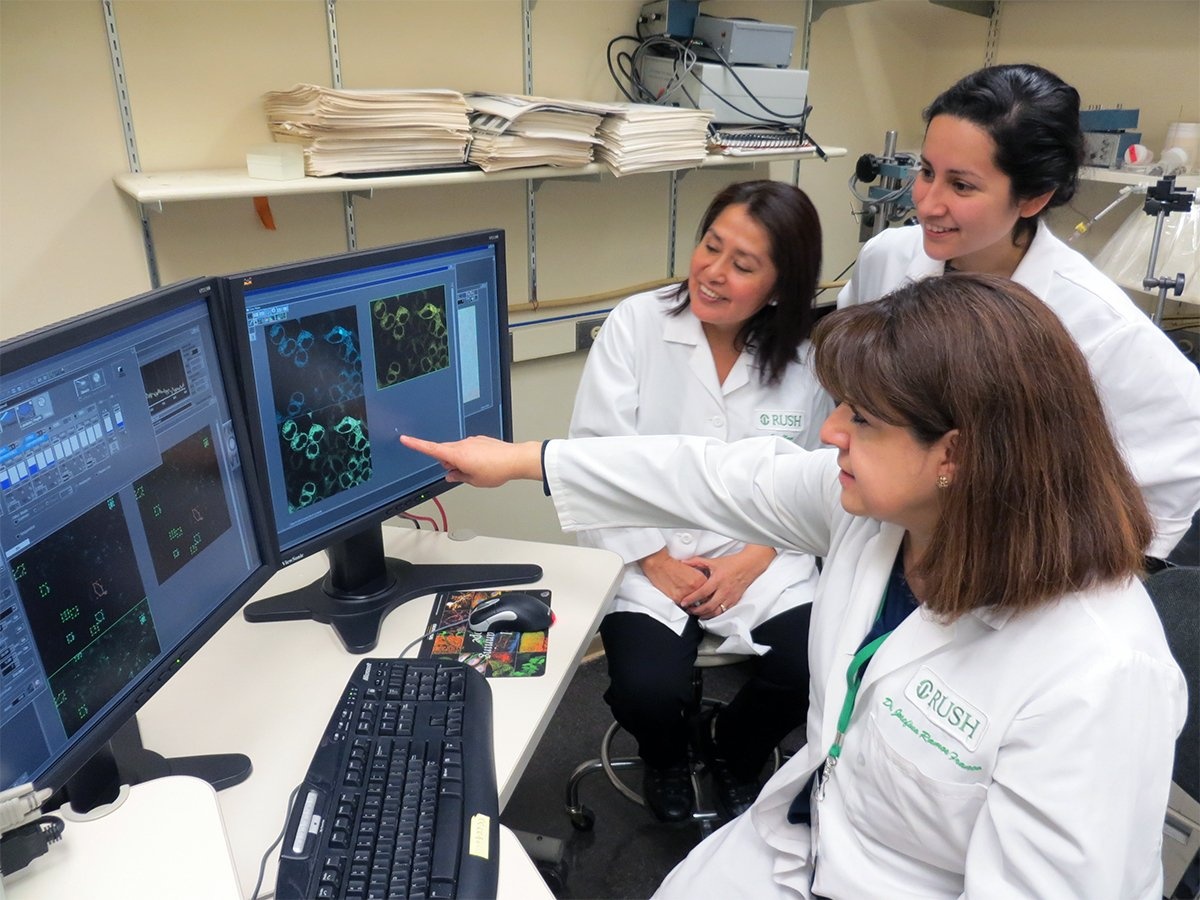
Learn more about the Department of Physiology & Biophysics research.
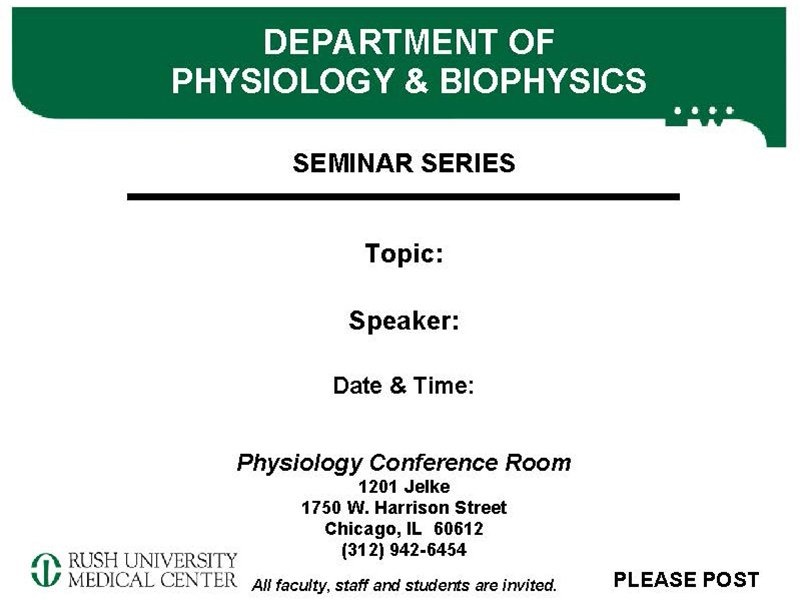
Learn more about the Department of Physiology & Biophysics seminars.
The Department of Physiology & Biophysics consists of world-class scientists and teachers. We are dedicated to excellence in research, training and education as we push the frontiers of scientific discovery. Join us in the joy of discovery.
We take pride in training medical, nursing and graduate students who will implement and fulfill that future. Our department provides a warm, collegial, and welcoming environment for budding scientists and established investigators alike. We work side by side investigating the physiological processes that underlie both normal and pathological human body functions.
Our internationally recognized research applies innovative experimental approaches to define fundamental molecular mechanisms within these processes as both putative points of pathological failure and potential targets for new therapeutic interventions.
Learn more about the Department of Physiology & Biophysics
Contact Us
1750 W. Harrison St., 12th Floor
Jelke South
Chicago, IL 60612
Phone: (312) 942-6454
Fax: (312) 942-8711
General inquiries
MS & PhD programs
Department seminars
Website questions
-
Recent NewsImage

Faculty Accomplishments
Congratulations to Dirk Gillespie, PhD
Dirk Gillespie, PhD was named the John H. and Margaret V. Krehbiel Professor of Cardiology. Congratulations!
Rush University News - Read More…Image
Faculty Accomplishments
Congratulations to Dirk Gillespie, PhD
Dirk Gillespie, PhD is now a professor. Congratulations on his promotion!Image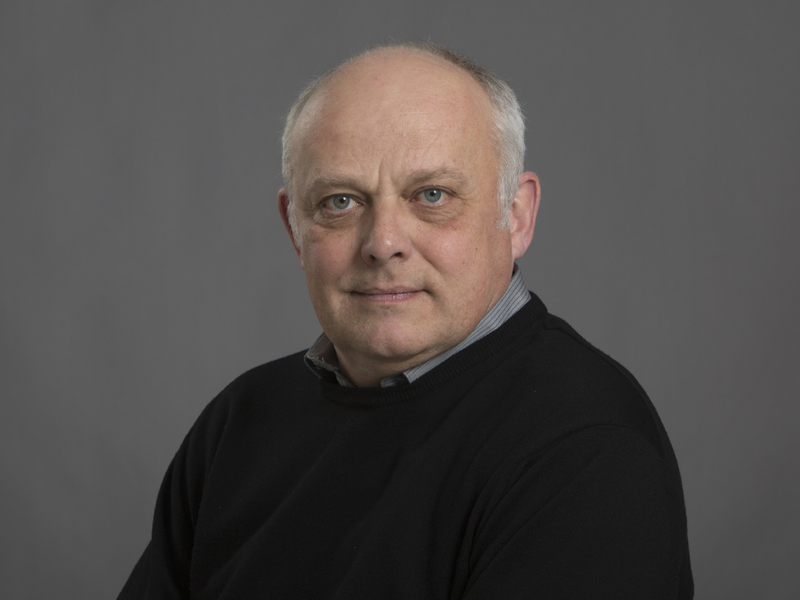
Faculty Accomplishments
A second $2.7M NIH collaborative grant awarded to Rush Dept. of Physiology & Biophysics and Cardiology/Internal Medicine for research on “Atrial excitation-contraction coupling, calcium signaling and electro-mechanical alternans”
The National Heart, Lung, and Blood Institute awarded Lothar A. Blatter, MD, Dr.med. (Physiology & Biophysics) and Kathrin Banach, PhD (Cardiology/Internal Medicine) a $2.7 million grant (R01HL164453) to conduct research on the mechanism of electrical and calcium alternans in the atria. Alternans is defined as beat-to-beat alternations in action potential duration (electrical alternans), contraction strength and calcium transient amplitude. Cardiac alternans is a recognized risk factor for cardiac arrhythmia, including atrial fibrillation. This study seeks to investigate the conditions that cause and sustain atrial alternans, and to determine cellular mechanisms of alternans in individual atrial myocytes, in multicellular tissue and at organ level, and to explore therapeutic interventions that reduce alternans risk.
Image
Faculty Accomplishments
Congratulations to Carolina Figueroa, PhD
Carolina Figueroa, PhD is now an assistant professor. Congratulations on her promotion!Image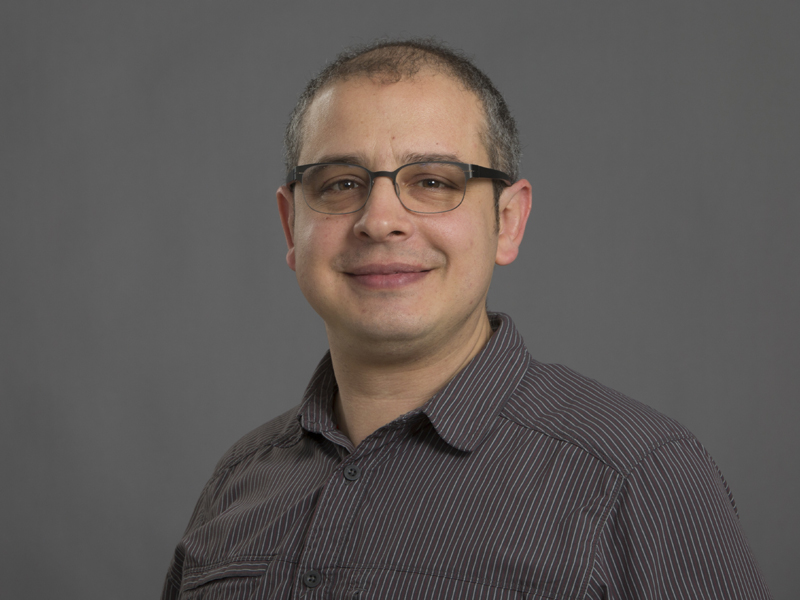
Faculty Accomplishments
Congratulations to Carlo Manno, PhD
Carlo Manno, PhD is now an assistant professor. Congratulations on his promotion!Image
Faculty Accomplishments
$2.7M NIH collaborative grant awarded to Rush Dept. of Physiology & Biophysics and Cardiology/Internal Medicine for research on "IP3 receptor, NOX2 and calcium signaling domains in atrial physiology and pathophysiology"
The National Heart, Lung, and Blood Institute awarded Lothar A. Blatter, MD, Dr.med. (Physiology & Biophysics) and Kathrin Banach, PhD (Cardiology/Internal Medicine) a $2.7 million grant to research of calcium regulation in the atria that controls activity and contraction, but also arrhythmic activity and atrial fibrillation. In the heart contraction is controlled by calcium ions that are released from intracellular calcium stores. This calcium release occurs through two different ion channels, termed the ryanodine receptor and the IP3 receptor. The importance of the IP3 receptor is controversial, however there is growing evidence, established by the PIs of this study, that IP3 receptor dysfunction causes atrial rhythm disorders. In this study the PIs will investigate the novel hypothesis that atrial IP3 receptors are co-regulated by the cellular messenger IP3 and reactive oxygen species in defined cellular signaling domains. The understanding of the IP3 receptor regulatory mechanisms will provide the basis for the development of novel strategies for prevention and treatment of atrial fibrillation.
Image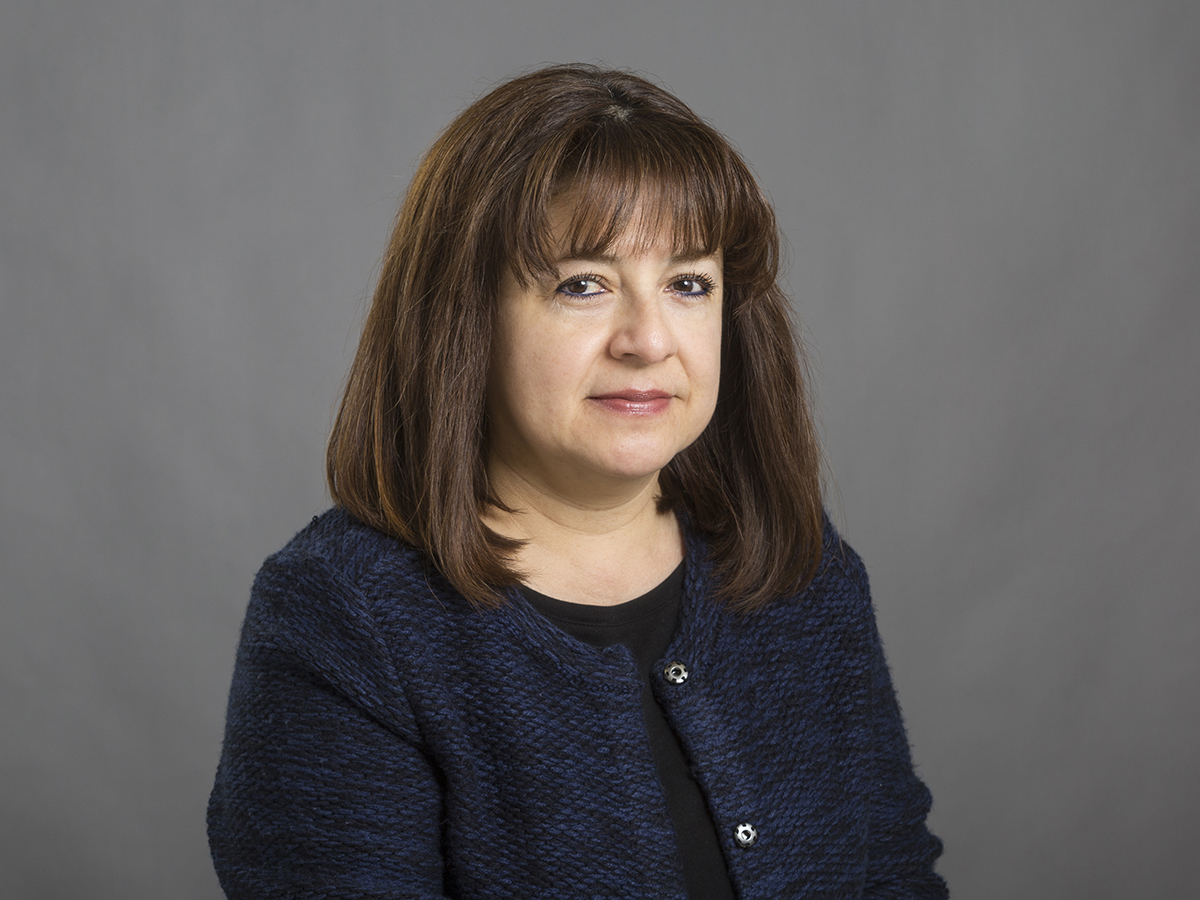
Faculty Accomplishments
Congratulations to Josefina Ramos-Franco, MD, PhD
Josefina Ramos-Franco, MD, PhD is now an associate professor. Congratulations on her promotion!Image
Faculty Accomplishments
Lothar A. Blatter, M.D., Dr.med. Named John H. and Margaret V. Krehbiel Professor of Cardiology
Lothar A. Blatter, M.D., Dr.med., was named the John H. and Margaret V. Krehbiel Professor of Cardiology, effective December 1, 2021.
Rush University News - Read More… -
News ArchiveImage

Faculty Accomplishments
Congratulations to Dirk Gillespie, PhD
Dirk Gillespie, PhD was named the John H. and Margaret V. Krehbiel Professor of Cardiology. Congratulations!
Rush University News - Read More…Image
Faculty Accomplishments
Congratulations to Dirk Gillespie, PhD
Dirk Gillespie, PhD is now a professor. Congratulations on his promotion!Image
Faculty Accomplishments
A second $2.7M NIH collaborative grant awarded to Rush Dept. of Physiology & Biophysics and Cardiology/Internal Medicine for research on “Atrial excitation-contraction coupling, calcium signaling and electro-mechanical alternans”
The National Heart, Lung, and Blood Institute awarded Lothar A. Blatter, MD, Dr.med. (Physiology & Biophysics) and Kathrin Banach, PhD (Cardiology/Internal Medicine) a $2.7 million grant (R01HL164453) to conduct research on the mechanism of electrical and calcium alternans in the atria. Alternans is defined as beat-to-beat alternations in action potential duration (electrical alternans), contraction strength and calcium transient amplitude. Cardiac alternans is a recognized risk factor for cardiac arrhythmia, including atrial fibrillation. This study seeks to investigate the conditions that cause and sustain atrial alternans, and to determine cellular mechanisms of alternans in individual atrial myocytes, in multicellular tissue and at organ level, and to explore therapeutic interventions that reduce alternans risk.
Image
Faculty Accomplishments
Congratulations to Carolina Figueroa, PhD
Carolina Figueroa, PhD is now an assistant professor. Congratulations on her promotion!Image
Faculty Accomplishments
Congratulations to Carlo Manno, PhD
Carlo Manno, PhD is now an assistant professor. Congratulations on his promotion!Image
Faculty Accomplishments
$2.7M NIH collaborative grant awarded to Rush Dept. of Physiology & Biophysics and Cardiology/Internal Medicine for research on "IP3 receptor, NOX2 and calcium signaling domains in atrial physiology and pathophysiology"
The National Heart, Lung, and Blood Institute awarded Lothar A. Blatter, MD, Dr.med. (Physiology & Biophysics) and Kathrin Banach, PhD (Cardiology/Internal Medicine) a $2.7 million grant to research of calcium regulation in the atria that controls activity and contraction, but also arrhythmic activity and atrial fibrillation. In the heart contraction is controlled by calcium ions that are released from intracellular calcium stores. This calcium release occurs through two different ion channels, termed the ryanodine receptor and the IP3 receptor. The importance of the IP3 receptor is controversial, however there is growing evidence, established by the PIs of this study, that IP3 receptor dysfunction causes atrial rhythm disorders. In this study the PIs will investigate the novel hypothesis that atrial IP3 receptors are co-regulated by the cellular messenger IP3 and reactive oxygen species in defined cellular signaling domains. The understanding of the IP3 receptor regulatory mechanisms will provide the basis for the development of novel strategies for prevention and treatment of atrial fibrillation.
Image
Faculty Accomplishments
Congratulations to Josefina Ramos-Franco, MD, PhD
Josefina Ramos-Franco, MD, PhD is now an associate professor. Congratulations on her promotion!Image
Faculty Accomplishments
Lothar A. Blatter, M.D., Dr.med. Named John H. and Margaret V. Krehbiel Professor of Cardiology
Lothar A. Blatter, M.D., Dr.med., was named the John H. and Margaret V. Krehbiel Professor of Cardiology, effective December 1, 2021.
Rush University News - Read More…Image
Faculty Accomplishments
Xun Ai, MD Named John H. and Margaret V. Krehbiel Professor of Cardiology
Xun Ai, MD, was named the John H. and Margaret V. Krehbiel Professor of Cardiology, effective July 1, 2021. Read More...
Image
Department News
Basic Science PPE Donation Drive
Our department's Dr. Xun Ai led a Basic Science PPE donation drive to help support Rush's front line heroes during the Covid-19 pandemic.Through the philanthropy of the faculty & staff of the Rush basic science departments, this drive ultimately collected $2,755 and donated about 3,000 surgical masks (FDA approved) and 3,000 gloves to the Rush supply chain on April 24, 2020.Image
Faculty Accomplishments
$2.4M NIH Grant Awarded for Research on Innovative Atrial Fibrillation and Stroke Therapies
The National Heart, Lung, and Blood Institute awarded Xun Ai, MD, associate professor, physiology and biophysics, Rush Medical College, a five-year, $2.4 million grant to research the link between atrial fibrillation and thrombogenesis. Xun Ai, MD, associate professor, physiology and biophysics, Rush Medical College, and her team seek to establish a previously unrecognized crosstalk between heart and platelets and uncover the role of cardiac JNK2 in the development of both atrial fibrillation and thrombogenesis. Researchers will use results of the study, Heart-platelet Crosstalk: JNK, AF, and Thrombogenesis, to form a foundation toward developing novel therapies to treat and prevent atrial fibrillation and stroke.
Image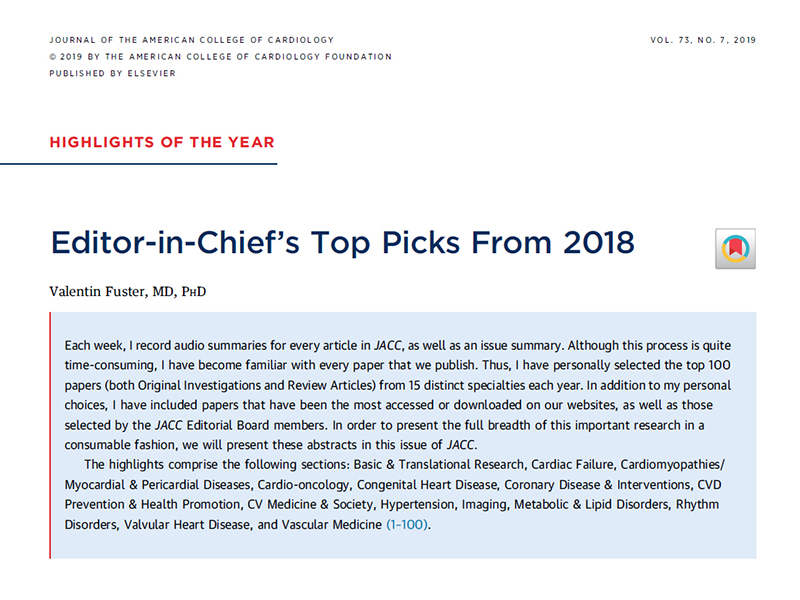
Faculty Accomplishments
The article "Role of Stress Kinase JNK in Binge Alcohol-Evoked Atrial Arrhythmia" of Jiajie Yan, PhD at the research laboratory of Xun Ai, MD, was selected as "Editor-in-Chief's Top Picks from 2018" in Journal of the American College of Cardiology.
Image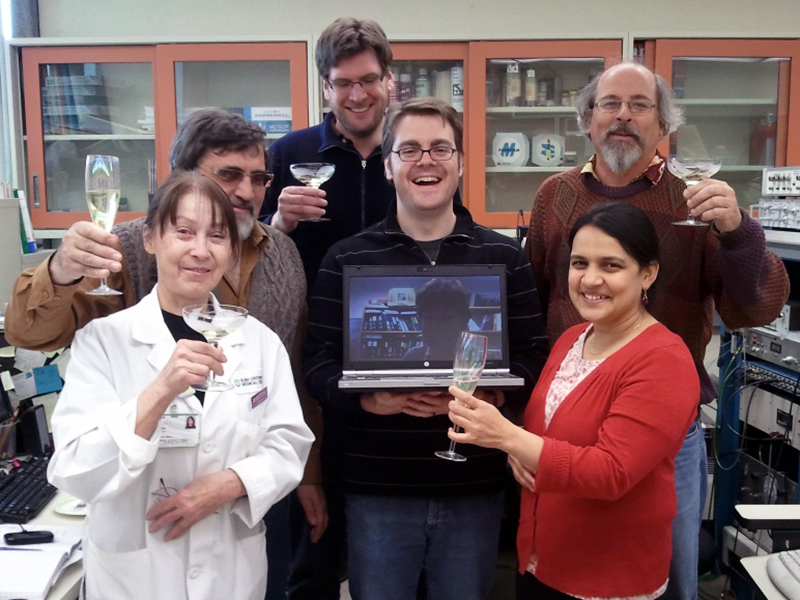
Faculty News
A snail proton channel provides clues to the inner working of the human voltage-gated proton channel
Thomas DeCoursey, PhD, Vladimir Cherny, PhD, Deri Morgan, PhD, and collaborators from Georgia recently identified the first proton channel gene from a snail. Read more...Image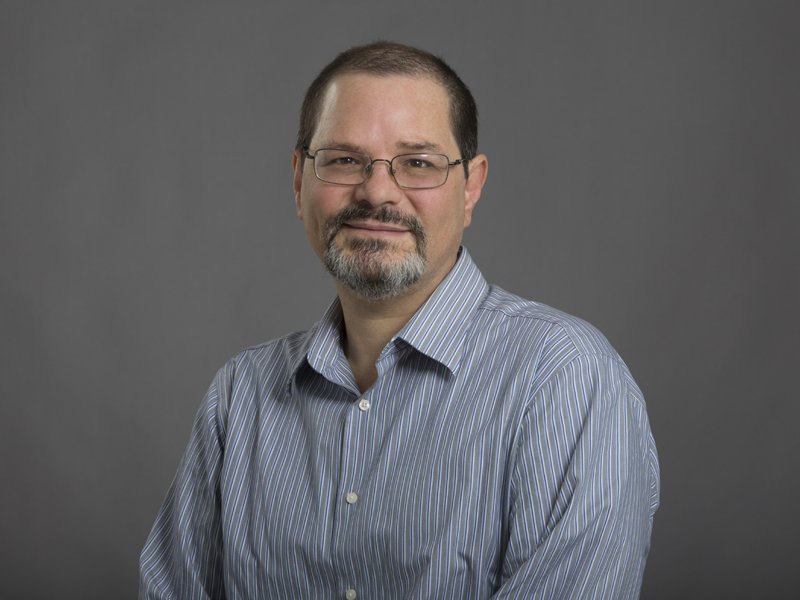
Faculty Accomplishments
Thomas Shannon, DVM, PhD, associate professor, received a Brainard Award for teaching excellence in 2017.
Image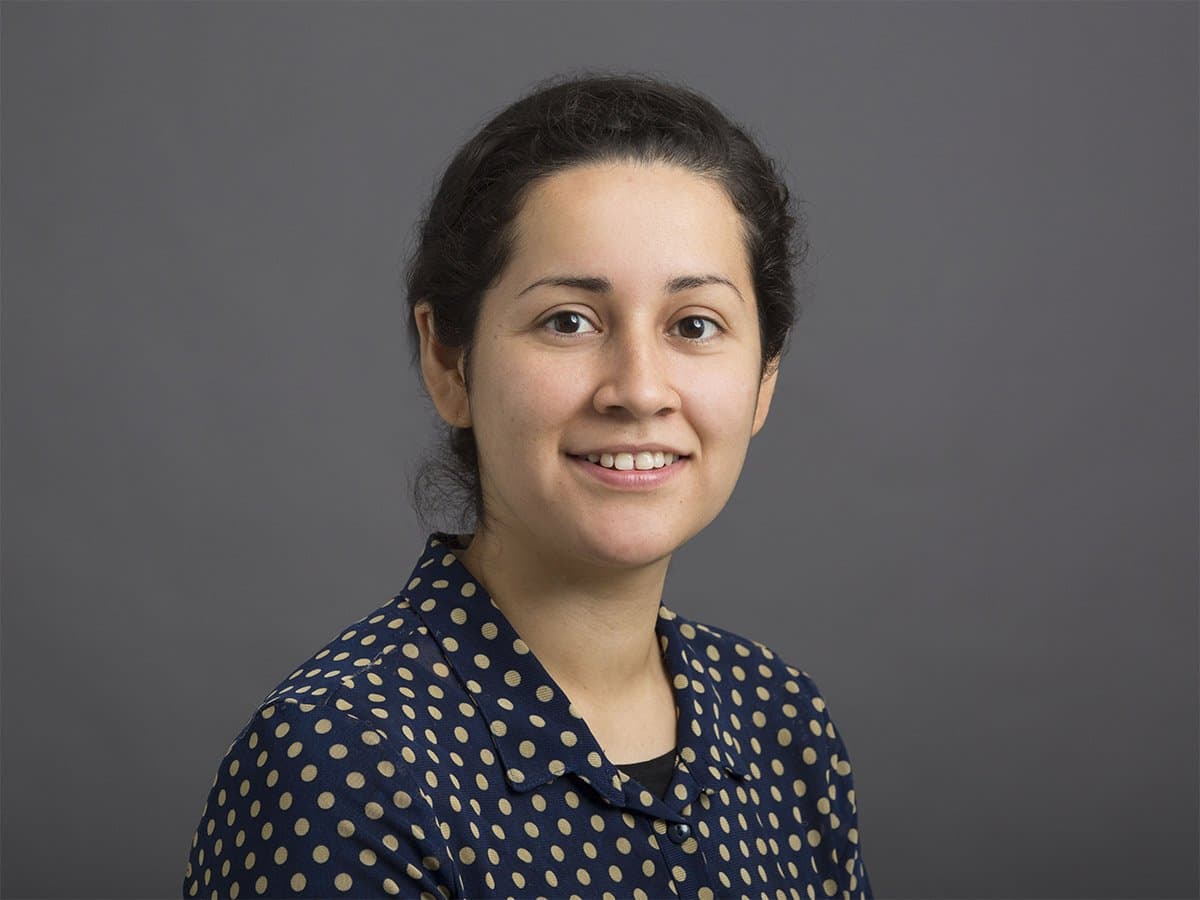
Faculty News
Medical researchers fear immigration obstacles may jeopardize work
Chicago Tribune press release of Yuriana Aguilar, PhD.Image
Faculty News
'Science Doesn't Have Borders' Heart researcher and DREAMer finds a place at Rush
Yuriana Aguilar, PhD is Following Her DREAM.Brought to the U.S. as an undocumented immigrant when she was five, Yuriana earned a PhD and became a heart researcher – and an unexpected spokesperson for other immigrants...
Learn MoreImage
Faculty Accomplishments
Thomas Shannon, DVM, PhD, associate professor, recently received a SCORE Positive Learning Environment Award and a Brainard Award for teaching excellence in 2016.
A Drug from Basic Science to the Patient
Collaboration Driving Medical Research: Working across disciplines to find medical breakthroughs
Image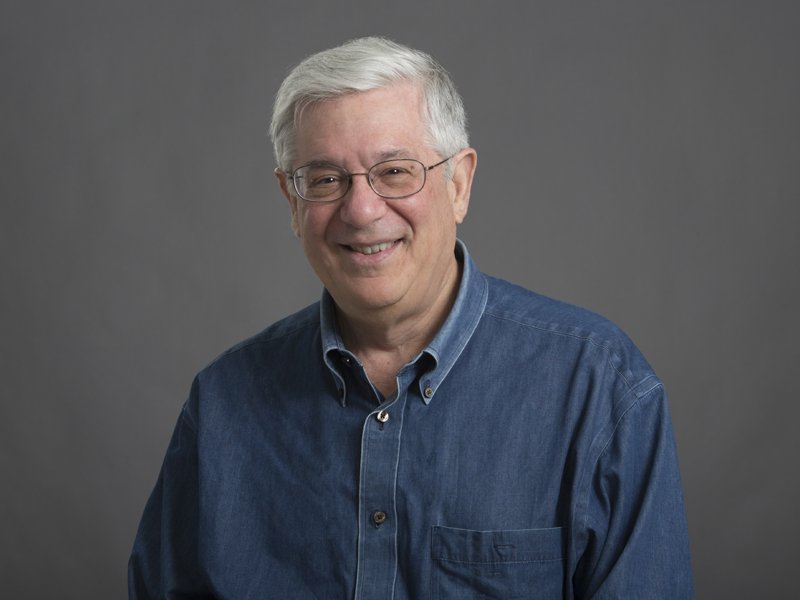
Faculty News
Life Glimpsed through Ion Channels A Super Short Scientific Biography
In this installment of the American Physiological Society (APS) Living History of Physiology series, Robert S. Eisenberg, PhD, discusses how he became interested in science, his most significant contributions to physiology and his most influential career mentors. He also offers advice to students starting out in science today. Dr. Eisenberg was interviewed by Martin Frank, PhD, at Rush Medical College in Chicago.
